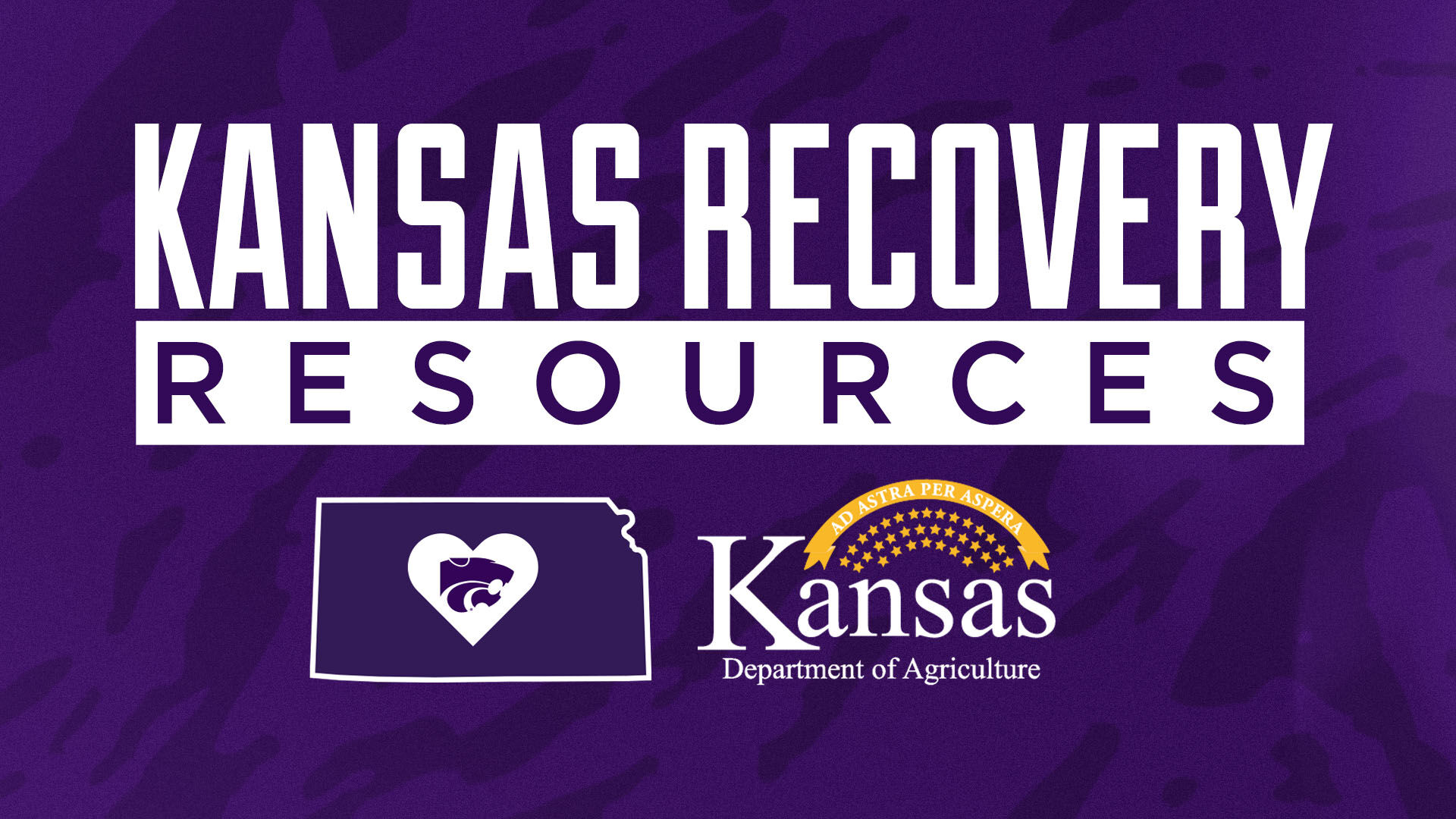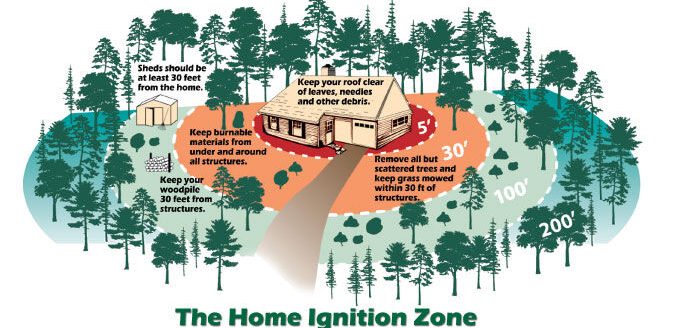On Dec. 20, Secretary of Agriculture Mike Beam and Animal Health Commissioner Dr. Justin Smith visited local officials, farmers and ranchers in several of the Kansas communities working to recover from the wildfires and storm that raged through the area last week.
There has been an outpouring of support from near and far, offering everything from clothing and food to labor and use of large equipment for recovery efforts.
Local services—including local emergency management offices, extension offices, veterinarians, churches and others—have been instrumental in providing the help that the families in that area need right now. They know the communities and the people involved, and have been able to work on specific needs of the individual families who were impacted, ensuring that they have safe places to stay and support as they move forward.
“Kansans—and farmers and ranchers in particular—are resilient,” said Beam. “Even in the best of times, they endure under forces they can’t control and keep working day-in and day-out to care for their livestock and to harvest their crops.” He noted that many of the ranchers focused their most immediate attention, after the fires were extinguished, to care for their livestock and help their neighbors, even before considering their own personal needs. “This disaster will certainly test that resilience to the limit, but the communities which surround these individuals will continue to support them and will help them persevere.”
The total impact of last week’s storm is difficult to quantify, partly due to the many layers of the disaster. Clearly, the Four County Fire, which burned over a hundred thousand acres in northwest Kansas, had the largest immediate impact. But there were several other smaller fires across the state that affected Kansans in other communities.
The extreme high winds caused damage to many agricultural entities statewide, especially those with greenhouses and high tunnel growing systems. In addition, the wind, dust and ash may have caused damage to crops that were in the ground, like the winter wheat crop, and we may not know the extent of that damage for several months.
What we do know is that dozens of homes were reported to be destroyed or heavily damaged, over a thousand cattle were lost as a result of the wildfire, and thousands more cattle survived the fire but are being displaced because of the loss of grassland to sustain them.
“Ranchers are now focused on the health and welfare of the cattle who have survived,” said Dr. Smith. “They may still see health decline due to exposure to smoke and heat, but most should recover. The majority of those cattle will need to move to other locations, though, because the grazing land destroyed in the fire won’t grow back for several months.”
This recovery can take a significant physical and emotional toll on the individuals who have experienced these losses. Resources are available to help those who need this support and can be found at KansasAgStress.org.
Other information about recovery efforts and lists of resources available to those who have suffered damage from the storm can be found at KDA’s Recovery Resources webpage at agriculture.ks.gov/Recovery. That page also includes ways to make a donation to help with recovery efforts.




